OTITIS
The most common diseases affecting the ear in the English bulldog are: 1) OTITIS (external, average and internal); 2) OTOEMATOMA (read the article on Otohematoma); 3) DERMATOSIS OF THE MARGIN OF THE PAVILION (rare); Otitis externa is inflammation of the epithelium of the external ear canal. It can be determined by a variety of causes: bacteria, fungi (malassezia is very common in the bulldog), allergies, parasites, foreign bodies. During otitis externa, the ear gives off a rancid odor, the dog sometimes scratches and shakes its head, there is an abundant exudate, the dog exhibits discomfort and / or pain when the sick ear is touched. It is important, in the case of otitis, for the veterinarian to perform a slide to check the cause of the otitis and thus administer the appropriate treatment for the case. In local therapy, after thorough cleaning, it will be necessary to administer local drugs, which will be based on antibacterials, cortisones and antifungals. Otitis media is inflammation of the middle ear: in this case the bulldog shakes his head slowly, if the inflammation is present only in one ear the dog tends to keep the head bent from the affected part and the ear is held low. The dog rubs the attachment of the ear and experiences pain to the touch. The diagnosis is challenging and it is the persistence of chronic external otitis that should lead to suspicion of otitis media. A careful examination of the ear is required, which may require sedation to check the condition of the eardrum. If medical therapy is not sufficient, surgical intervention is necessary in some cases. Internal otitis: inflammation of the inner ear usually follows from otitis media of which it recognizes the same bacterial or fungal causes, it can also be caused by trauma, fractures, neoplasms, senile degenerative processes. Symptoms are the same as in otitis media, limited hearing or deafness, tendency to fall on the injured side, staggering may also be present. Pavilion margin dermatosis is a defect that affects both the skin and the hair of the two ear margins. We note the presence of dry and greyish crusts that adhere to the edges of the ear, sometimes associated with hair loss from the pavilion itself. Therapy is based on the administration of local and / or systemic antibiotics and anti-inflammatories.
Read more by clicking on the images or categories
- All
- Dermatology
- Eye Pathologies
- Prophylaxis and Vaccines
- Bulldog Breathing
- Reproduction
- Various
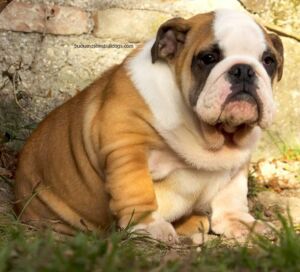
LAMENESS
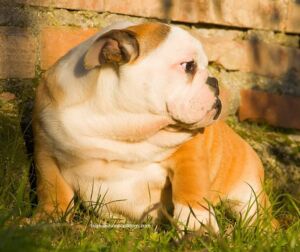
OTITIS
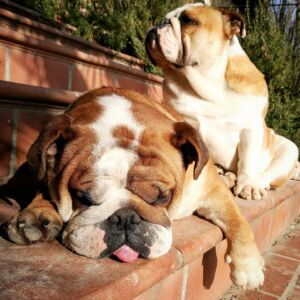
HIP DYSPLASIA
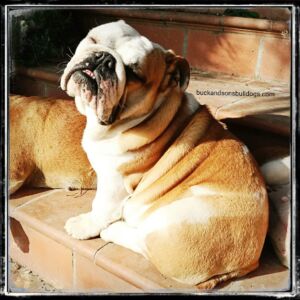
INGROWN TAIL

SWIMMING PUPPY SYNDROME

CHONDROPROTECTED

OTOHEMATOMA
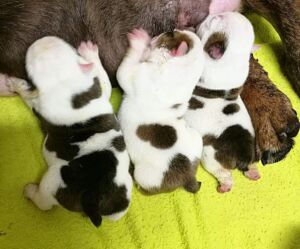
PYOMETRA

MONORCHIDISM AND CRYPTORCHIDISM

HYSTERIC PREGNANCY
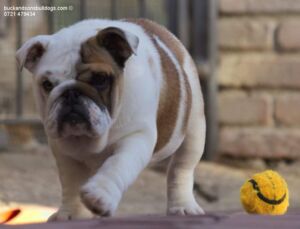
HEAT AND FALSE HEAT
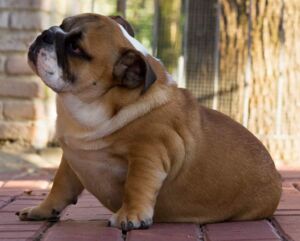
PROLAPSE OF THE URETHRA
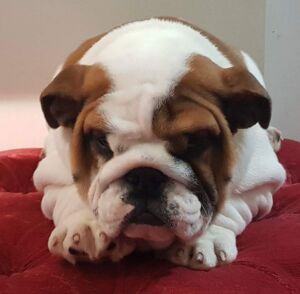
DISTICHIASI
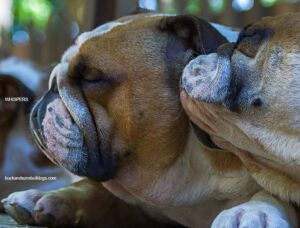
ENTROPION
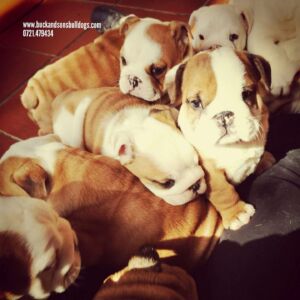
HYPERTROPHY OF THE GLAND OF THE THIRD PALPEBRA (CHERRY EYE)
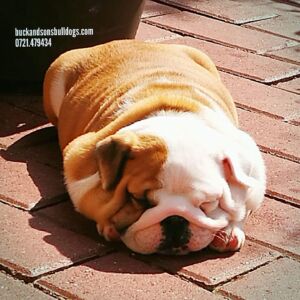
HEAT STROKE

WHY DOES THE BULLDOG BREATHE BAD?
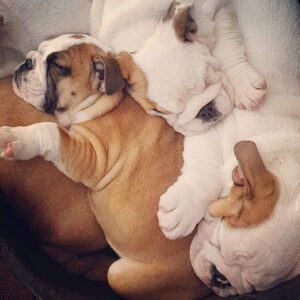
LEPTOSPIROSIS
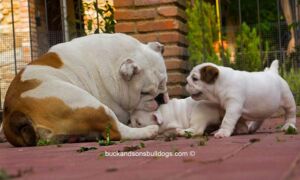
VACCINAL PROPHYLAXIS

LEISHMANIOSIS
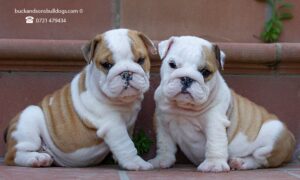
PHILARIOSIS
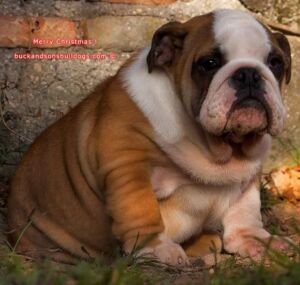
ATOPIC ALLERGY
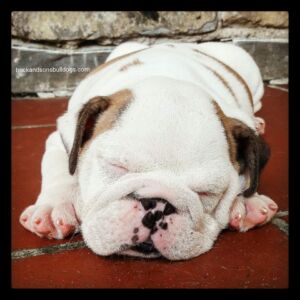
PIODERMITE
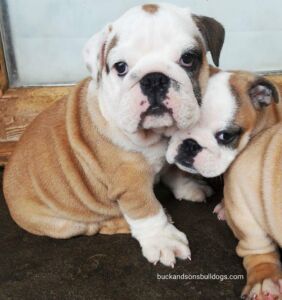
INTERDIGITAL CYSTS

PODODERMATITIS
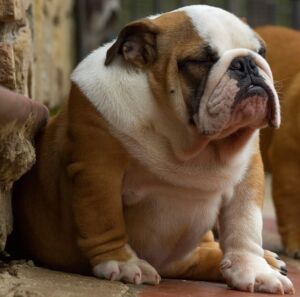
ACNE
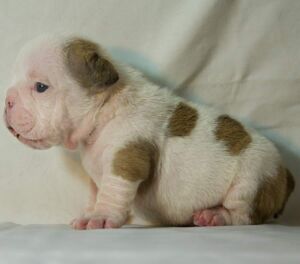
CYCLIC ALOPECIA OF THE FLANK
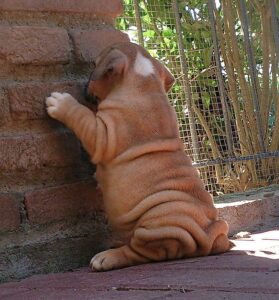
DEMODECTIC MANGE
